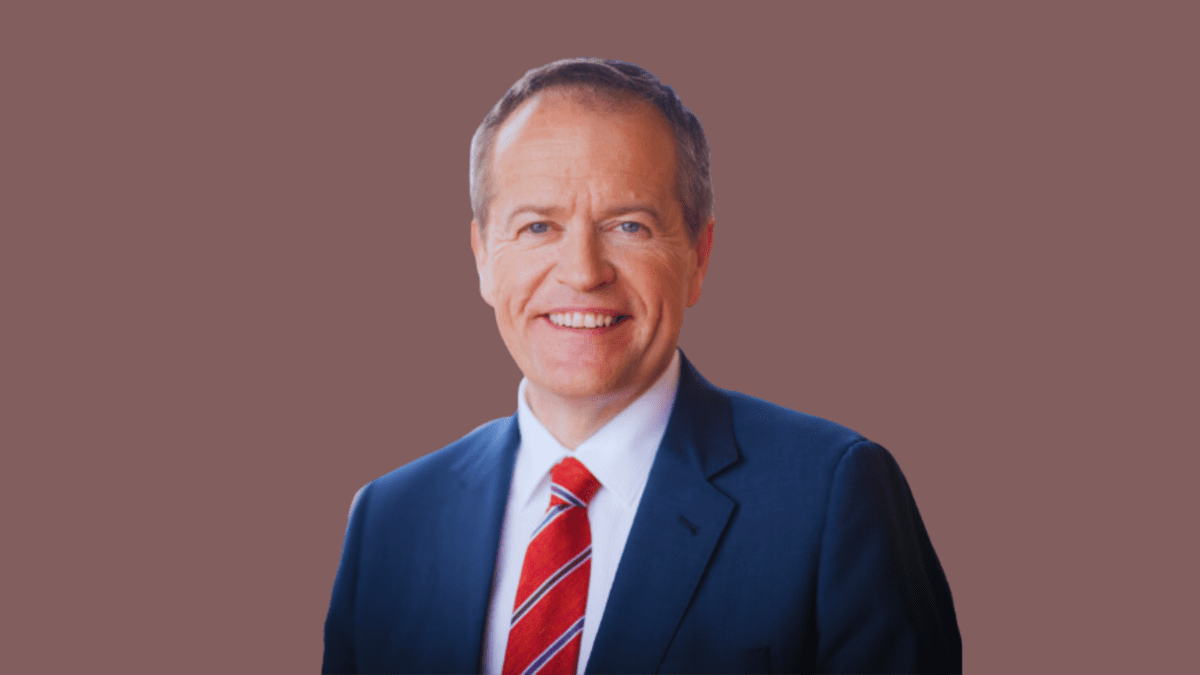As mortgage holders welcome pause in rate hikes, rental crisis worsens
Australian house prices posted their first monthly increase since April 2022 in March, prompting speculation the property market has reached a long-awaited trough and is set to begin a rebound. However, the rental market continues its troubling trend of rising rents and falling supply, with analysts warning of a crisis that is likely to get worse before it gets better.
The reopening of Australia’s borders in early 2022 has led to stronger-than-anticipated population growth, putting strong upward pressure on rents as vacancy rates remained at record lows following the COVID-19 pandemic, even as property prices have declined steeply in response to rising interest rates.
That’s the bleak picture the National Housing Finance and Investment Corporation (NHFIC) paint in its State of the Nation’s Housing 2022-3 report, released April 3.
“The rapid return of overseas migration together with a supply pipeline constrained by decade-high construction costs and significant increases in interest rates is exacerbating an already tight rental market,” NHFIC CEO Nathan Dal Bon said in a statement. “NHFIC analysis shows housing affordability and supply are likely to remain challenging for some time, underscoring the need for a holistic approach to mitigate the housing pressures Australians are facing.”
Slowing supply – partly attributed to the Reserve Bank of Australia’s decision to begin raising interest rates earlier than expected – and increasing household formation will cause a cumulative supply deficit of around 106,000 dwellings by 2027, the report warned, although it forecast a recovery in supply beginning after 2026 due to changing macroeconomic conditions and stronger underlying demand.
Higher interest rates and construction costs, long lead times and other factors have been headwinds to the supply of new housing, and bad weather in Australia has also been impactful, NHFIC said, noting that nearly 30,000 new-dwelling constructions were delayed in 2022.
Deloitte Access Economics partner David Rumbens (pictured), who cited the NHFIC findings in a note titled “Rental crisis”, noted that the Reserve Bank of Australia’s recent move to pause rate hikes following 10 consecutive increases came as welcome relief for mortgage holders, who are most impacted by higher interest rates. But renters are continuing to see conditions worsen.
“Rental vacancy rates are at record lows, which might normally prompt additional home building. However, new-dwelling commencements are falling, given high interest rates and low confidence,” Rumbens explained. A big problem, he says, has been the ongoing effects of the pandemic.
“The pandemic saw the average household size declining to its lowest level in at least 25 years, contributing to around 120,000 additional households being formed and subsequent additional demand. That means that one short-term solution is the reversal – a return to larger households.”
Rumbens noted that rent prices rose by 4 per cent in 2022, the strongest rate in 10 years, with that number rising to 4.8 per cent by February 2023. Advertised rents for units are up by 18.1 per cent in the year to March.
“As a result, renter stress and affordability are worsening,” Rumbens said, citing NHFIC’s estimates that 377,600 households are currently in housing need, with 311,100 in rental stress and 46,500 experiencing homelessness. “The RBA echoes this, finding that renter stress has picked up over the past year, with rent consistently being one of the two most reported concerns in the National Debt Helpline website.
Chronic undersupply
In its Quarterly Rental Review for March 2023, CoreLogic found vacancy rates tightened to a near-record low of 1.1 per cent, while the quarterly rental growth trend reaccelerated after easing through the second half of 2022, rising at 2.5 per cent in the first three months of the year compared with 2 per cent in the December quarter.
“There’s already a chronic undersupply of advertised rental stock in many parts of the country that’s translated into record-low vacancy rates across most capitals,” CoreLogic economist Kaytlin Ezzy said. “Additionally, net migration is forecast to remain strong for some time yet, and this will only add further upward pressure on rental values.”
Echoing that outlook, Rumbens said potential fixes, like increased supply and a reshaping of household size, are likely not possible in the short term, especially while rising interest rates remain a concern.
“Unfortunately, it’s likely to get worse before it gets better. There are long lags from new-housing commencements to having additional housing available – and for now, new commencements are still moving in the wrong direction.”










